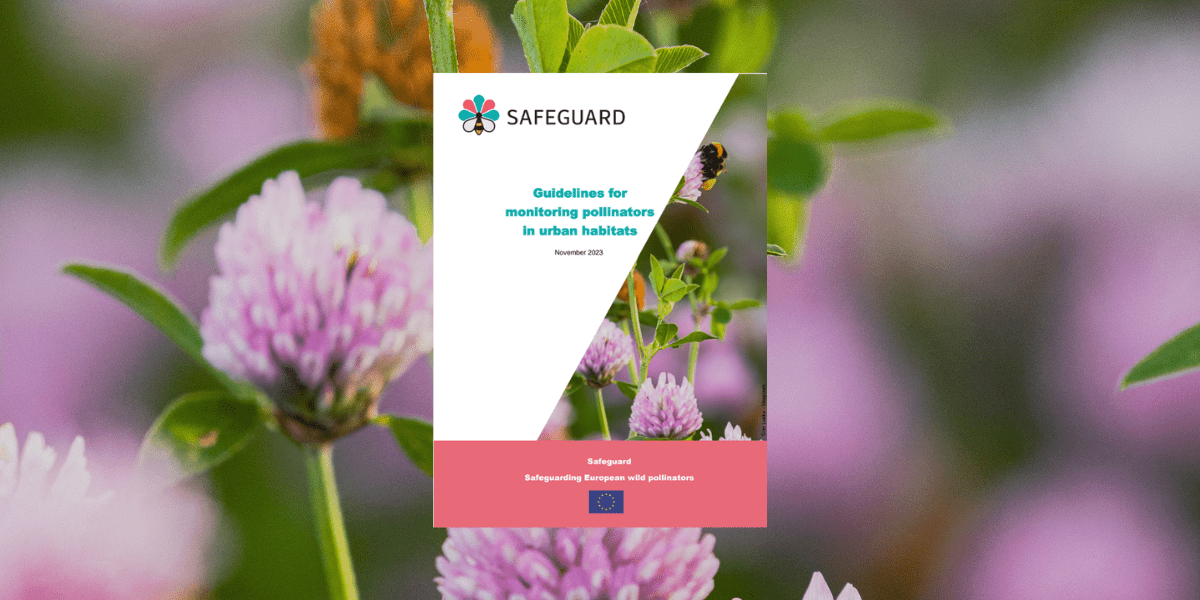AUTHORS: Laure-Lou Tremblay, Evelyn Underwood.
This guidance aims to bring tools and knowledge for cities to use pollinators as indicators of their urban greening and carry out pollinator monitoring. It builds on the EU Commission guidance for pollinator-friendly cities, and explores options for pollinator monitoring in more depth. It features research from the Safeguard Horizon project on pollinator conservation. The guidance provides a gateway for cities to access resources on the topic, provides background on the different monitoring options available, and gives good practice examples from successful monitoring schemes in the EU.
The EU Biodiversity Strategy 2030 calls for cities and urban regions to produce urban greening plans – setting out cities’ strategies to support biodiversity, including pollinators. The EU Pollinators Initiative calls for urban greening plans to pay particular attention to pollinator monitoring to assess the state and trend of pollinators in the municipality, which will be critical for implementing conservation activities.
In the proposed EU Nature Restoration Law, Member States will have a legal obligation to put in place measures to reverse the decline of pollinator populations and pollinator diversity by 2030. They will be required to monitor pollinators adequately so that progress to the target can be measured at least every six years.
Considering the complexity of pollinator monitoring and the current lack of guidance for cities, IEEP and the Safeguard project researchers developed guidance for cities to monitor pollinators. This guidance is based on the expertise of pollinator experts, interviews with city managers and in-depth desk research to provide city managers with up-to-date, technical, and practical advice.
This guidance provides:
- An assessment of the practical (and potentially unexpected) benefits of pollinator monitoring for a city
- A review of technical options available for cities and advice on how to navigate them
- Recommendations for designing monitoring schemes, encompassing both practical and theoretical aspects
- A diversity of examples from different cities across the EU: from a citizen science project in Berlin to green space management staff training in Besançon to a wild bee city atlas in Brussels.
- Challenges cities may encounter and how to overcome them
Read the report.
Photo by Siim Lukka on Unsplash


